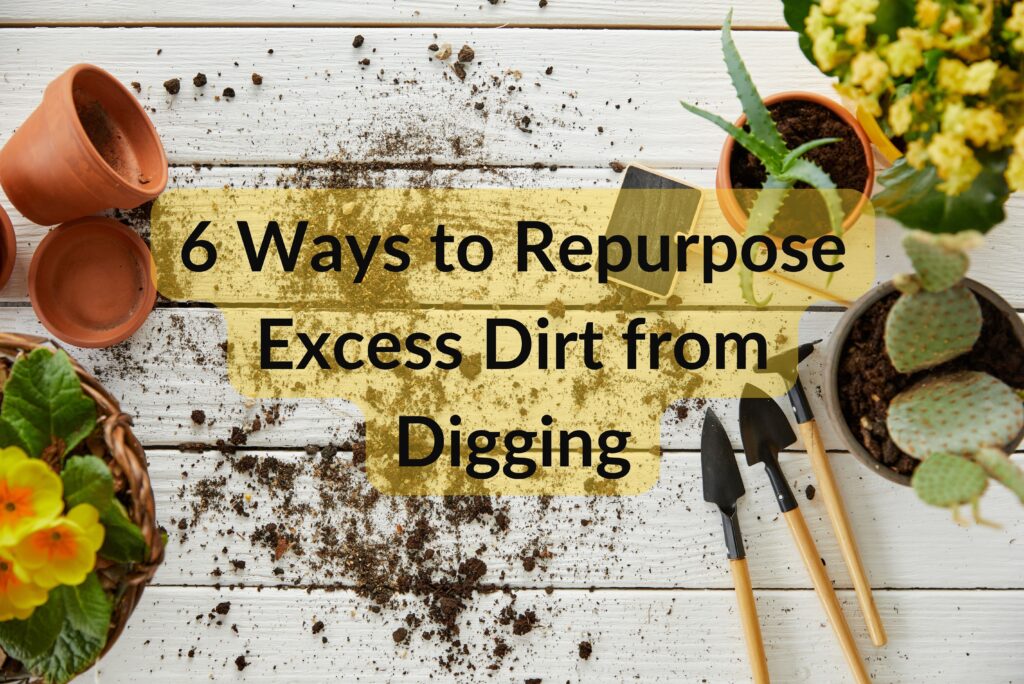Table of Contents
1) Create Raised Garden Beds
Raised garden beds are an excellent way to utilize excess dirt while also enhancing your gardening efforts. Raised beds offer several advantages over traditional in-ground gardening. They provide better control over soil composition, improve drainage, and reduce the need to bend over, making gardening more accessible.
To create a raised garden bed, start by selecting a suitable location in your yard that receives ample sunlight. Construct a frame using wood, stone, or other materials, ensuring it’s sturdy enough to hold the weight of the soil. Fill the frame with your excess dirt, but consider mixing in compost, organic matter, or a high-quality topsoil to enhance fertility. This enriched soil will support a wide variety of plants, from vegetables and herbs to flowers and shrubs. Additionally, raised beds can be designed in various shapes and sizes, allowing you to customize them to fit your landscape and gardening needs.
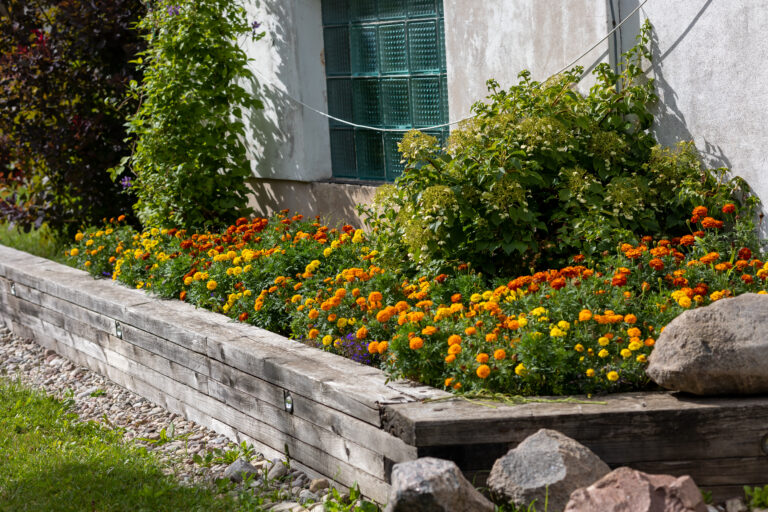
2) Level Uneven Ground
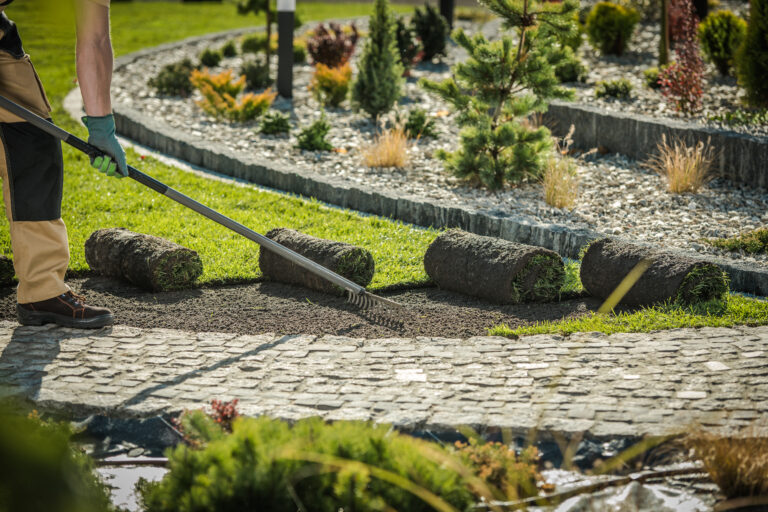
Uneven terrain can present numerous challenges, from making your yard less visually appealing to creating potential hazards. Excess dirt provides an effective solution for leveling these areas. Whether you need to prepare a surface for a new patio, deck, or lawn, filling in low spots with soil can significantly improve the functionality and aesthetics of your yard.
Begin by identifying the areas that require leveling. Spread the excess dirt over the low spots, and use a rake to distribute it evenly. Compact the soil to ensure stability, and add additional layers as needed until the area is level with the surrounding ground. If you’re planning to plant grass or other vegetation on the leveled area, consider topping the filled section with a layer of topsoil to provide a rich growing medium.
3) Build a Berm
A berm is a versatile landscape feature that serves both aesthetic and practical purposes. These raised mounds of soil can be used to create privacy screens, block unwanted views, or direct water flow in your garden. Berms can also add visual interest by introducing elevation changes to an otherwise flat landscape.
To build a berm, first, decide on its location and purpose. For example, if you’re looking to create a privacy screen, place the berm along the perimeter of your property. Next, pile the excess dirt into the desired shape, creating a gentle slope rather than a steep mound to make it easier to plant and maintain. The height and width of the berm can vary depending on your needs, but aim for a gradual slope that integrates well with the surrounding landscape. Once the berm is formed, cover it with mulch, rocks, or plants to prevent erosion and enhance its appearance. Perennials, ornamental grasses, and small shrubs are ideal choices for berm plantings, as they establish quickly and help stabilize the soil.

4) Construct a Natural Play Area
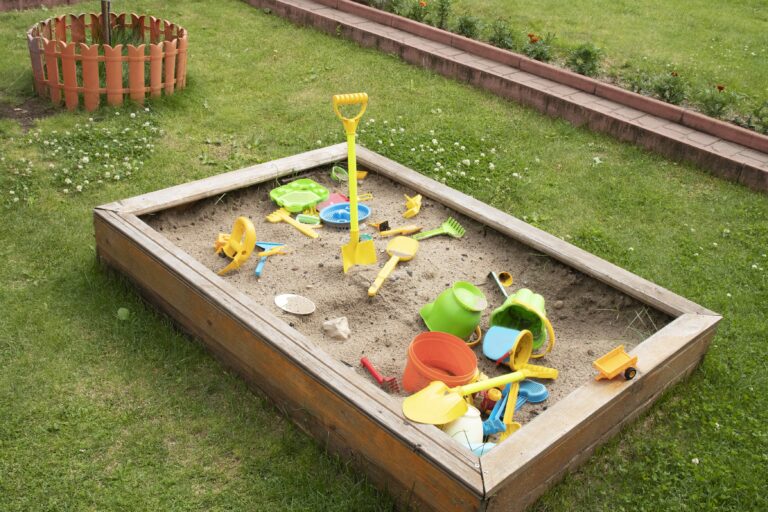
Children benefit immensely from outdoor play, and using excess dirt to create a natural play area can provide them with a fun and safe environment to explore. A simple mound of dirt can be transformed into a hill for climbing, sliding, or imaginative play. Alternatively, you can use the soil to build a sandbox, where children can dig and construct to their hearts’ content.
To create a natural play area, choose a section of your yard that’s visible from your home for easy supervision. Pile the excess dirt into a hill or mound, ensuring it’s stable and free of sharp objects. If you’re building a sandbox, construct a frame from wood or other materials, and fill it with clean sand over a base layer of dirt. You can also consider incorporating natural elements like logs, stones, or tree stumps to create an engaging play environment. Not only does this repurpose the dirt, but it also encourages physical activity and creativity in children, fostering a deeper connection with nature.
5) Enhance Your Landscape with Terracing
Terracing is an ancient technique used to create multiple levels in a landscape, particularly on sloped terrain. By constructing terraces, you can prevent soil erosion, manage water runoff, and create distinct planting areas that are easier to maintain. Terraces can also add a dramatic and visually appealing element to your garden.
To terrace your landscape, start by determining the slope’s gradient and the number of levels you want to create. Use the excess dirt to build up the lower levels, creating flat areas that can be used for planting or seating. Retaining walls may be necessary to support the soil, especially if the slope is steep. These can be constructed from stone, brick, or timber, depending on the aesthetic you’re aiming for. Once the terraces are in place, you can plant them with a variety of vegetation, such as groundcovers, perennials, or even small trees and shrubs. Terracing not only improves the usability of a sloped yard but also enhances its beauty, making it a more inviting space.
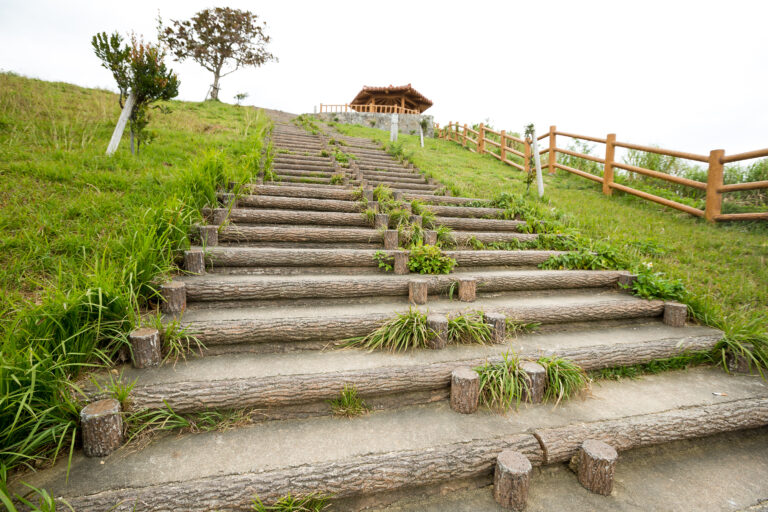
6) Fill Low Spots in Driveways or Walkways
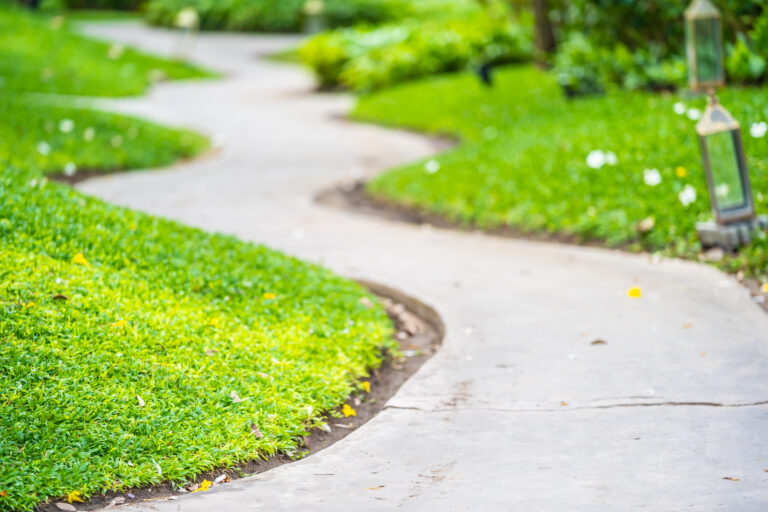
Low spots in driveways or walkways can cause water to pool, leading to erosion, cracks, and even damage to your property’s foundation. By using excess dirt to fill these depressions, you can improve drainage and extend the lifespan of these surfaces.
To address low spots in your driveway or walkway, first, clean the area and remove any loose debris. Fill the depression with the excess dirt, ensuring it’s compacted well to prevent settling. After leveling the area, you may need to add a layer of gravel or crushed stone to match the existing surface. In the case of a paved driveway, consider adding a layer of asphalt or concrete over the filled area to ensure a seamless and durable repair. This approach not only fixes the problem but also prevents future issues related to water accumulation and erosion.



